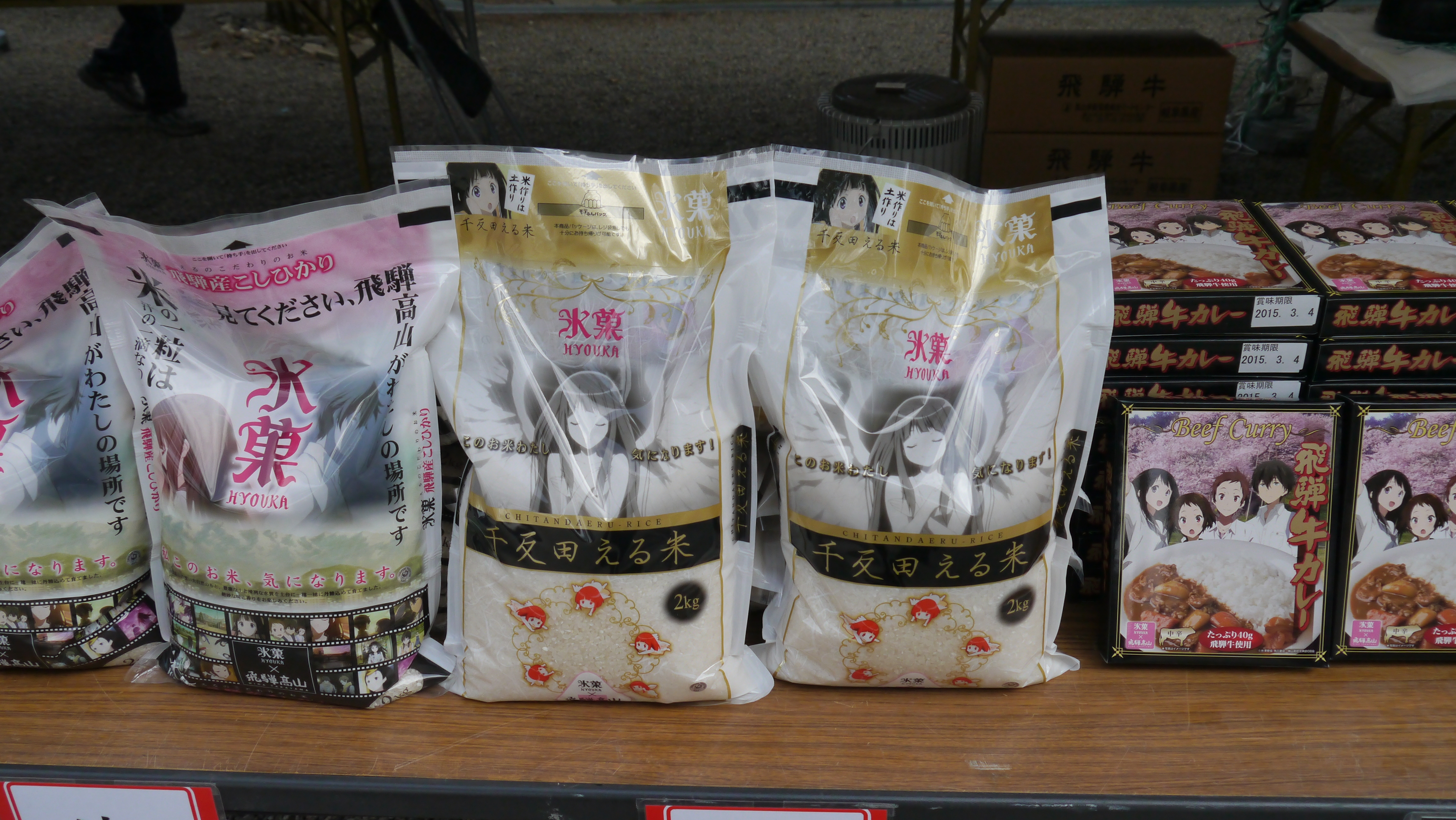

This has proven to be a relatively safe procedure with a high cost-effective ratio in retrospective studies. In China, the current treatment guideline for Graves hyperthyroidism states that RIT should be the first choice of treatment in patients with hepatic dysfunction. Historically, the control of hyperthyroidism has required 3 options including ATD, surgery, and radioiodine-131 therapy (RIT). There are 3 main factors that contribute to hepatic dysfunction in the context of hyperthyroidism, including the independent effects of excessive thyroid hormones, antithyroid drug (ATD)-related liver injury, and the presence of concomitant liver disease. Although most patients have no obvious clinical symptoms, except for abnormal liver function indices, serious liver injury, and even liver failure can occur in a few patients. In clinical practice, hepatic dysfunction in patients with Graves hyperthyroidism is common. Graves hyperthyroidism is an autoimmune thyroid disease which can affect multiple organ systems, including the cardiovascular, gastrointestinal, and hepatic systems. Older patients and cases with a longer history of Graves’ hyperthyroidism, higher FT 3 or TRAb concentration were more likely to be associated with hepatic dysfunction, and the prognosis of hepatic dysfunction was closely associated with the outcomes of Graves’ hyperthyroidism after 131I treatment. Furthermore, after 131I treatment, liver function was more likely to return to normal in the cured group of patients compared with the uncured group. Additionally, the patients with mild hepatic dysfunction, or hepatocellular injury type were more likely to attain normal liver function after 131I treatment.
Hidata disease free#
Both univariate and multivariate analyses demonstrated that age, duration of Graves hyperthyroidism, free triiodothyronine (FT 3)level, and thyrotrophin receptor antibody (TRAb) concentration were the most significant risk factors predicting hepatic dysfunction. The percentages of hepatocellular injury type, bile stasis, and mixed type were 45.8%, 32.4%, and 21.8%, respectively. The most common abnormality was elevated alkaline phosphatase (ALP), of which the prevalence was 52.3%. Overall, 65% patients were affected by hepatic dysfunction. Furthermore, we observed thyroid and liver function indices for the 1552 subjects at 3, 6 and 12 months after 131I treatment, in order to evaluate efficacy. All clinical data were retrospectively reviewed to explore the risk factors associated with hepatic dysfunction using logistic regression analysis. Of these, 1552 cases with hepatic dysfunction received 131I treatment. In total, 2385 patients with Graves’ hyperthyroidism (478 males, 1907 females age 42.8 ± 13.5 years) were involved in our study. The aims of this study were to investigate the risk factors for hepatic dysfunction and to analyze the efficacy of 131I (radioactive iodine-131) treatment. Hepatic dysfunction is often observed in patients with Graves’ hyperthyroidism.
Hidata disease license#
This is an open access article distributed under the Creative Commons Attribution License 4.0 (CCBY), which permits unrestricted use, distribution, and reproduction in any medium, provided the original work is properly cited. The authors have no conflicts of interest to disclose. Tianjin Medical University General Hospital, Department of Nuclear Medicine, Heping, Tianjin, China.Ĭorrespondence: Jian Tan, Tianjin Medical University General Hospital, Department of Nuclear Medicine, Heping, Tianjin, China (e-mail: ).Ībbreviations: 131I = radioactive iodine-131, ALT = alanine aminotransferase, AST = aspartate aminotransferase, ATD = anti-thyroid drug, DBIL = direct bilirubin, EHL = effective half-life, FT 3 = free triiodothyronine, FT 4 = free thyroxine, GGT = gammaglutamyl transpeptidase, RAIU max = maximum radioiodine uptake, RIT = radioiodine-131 therapy, TBIL = total bilirubin, TPOAb = antithyroid peroxidase antibody, TRAb = thyrotrophin receptor antibody, TSH = thyroid-stimulating hormone, ULN = upper limit of normal.įunding: This work was supported by the National Natural Science Foundation of China.


 0 kommentar(er)
0 kommentar(er)
